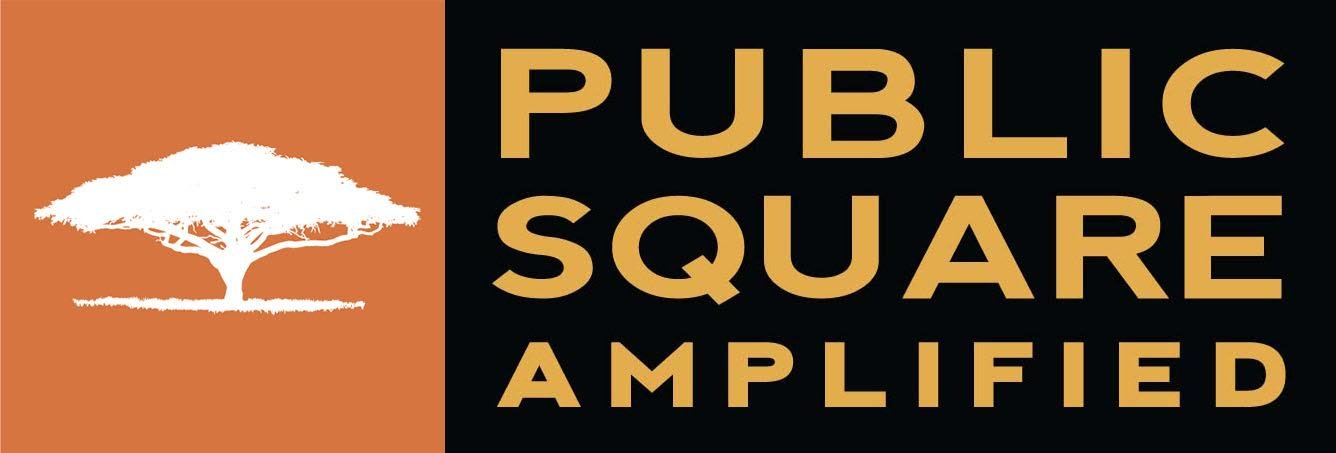New Jersey women journalists weigh the tenets of modern journalism: Part 3
In our final installment, three women journalists discuss the importance of owning one’s narrative and identity within a media landscape grappling with the construct of modern journalism — ideas that shape many of the concepts confronting white and non-White journalists including inclusivity, bias and objectivity.
New Jersey women journalists unpack racialization in newsrooms: Part 2
In part one of this series, we featured stories of success, struggle and purpose from three remarkable women journalists who built their careers in primarily white-male-dominated newsrooms. For part two, we sat down with three more remarkable women journalists in the state working to establish a more equitable and inclusive media landscape that centers the narratives of communities being pushed to exist on the periphery of mainstream media.
New Jersey women journalists confront the politics and economics of gender in journalism: Part 1
In light of the importance of journalism for a cohesive civil society, healthy democracy, well-informed public and transparent government, some of New Jersey's most remarkable women journalists reporting on cities and communities around the state will share their stories of success, struggle, purpose and wisdom: What drives their work despite the challenges, the importance of white and non-white women in journalism, and tips and insights for others looking for support and inspiration in the field.
Ivy Hill Residents Wrestle Environmental Racism and Seek Accountability
When Hurricane Ida pummeled New Jersey in Sept. 2021, bringing tornadoes and flash floods from south to north, the Ivy Hill neighborhood along Seton Hall University and Ivy Hill Park in Newark, a majority Black neighborhood, saw its streets turn into rivers. Floodwaters reached three to five feet high, sweeping away cars and spilling into homes. Residents incurred tens of thousands of dollars in damages. Although they say Seton Hall isn’t responsible for all of the water, the flooding problem has been made worse from decades of construction and has remained unresolved since 2001, when residents first brought the issue to the attention of the university after Hurricane Allison.
Community activists leverage efforts for green infrastructure
For low-income and marginalized communities in New Jersey's major cities, archaic sewer overflow systems pose serious environmental damage and health risks to residents who have historically experienced deep socio-economic inequalities and environmental racism. But with hurricane season just around the corner and the threat of raw sewage spilling into their streets, weary Newark residents are finally seeing the beginning of environmental justice in stormwater management as community organizers push their city to build baseline green infrastructure projects.
The state can’t afford to shortchange University Hospital anymore—the community is paying close attention
University Hospital is an essential resource for New Jersey residents. It's the only state-owned public hospital and one of only three Level One trauma centers. It's home to a comprehensive stroke center and a regional perinatal center and serves as a primary care facility for many Newark residents. During the pandemic, it was the Northern Regional COVID center; yet the hospital is outdated and underfunded.
Newark Accords binds University Hospital to the community
As July 12 marks the 55th anniversary of the Newark Rebellion in 1967, Newark's Central Ward faces another transformation. The city's central but aging care and teaching facility, University Hospital, has become the focus of a long-overdue redevelopment project to renovate and expand the hospital and its health services. The project has the potential to build on the promises of the historic Newark Accords, also known as the Newark Agreements of 1968—the only contract of its kind in the United States codifying a hospital's commitment to promoting the public health of a community. But it is also a cause of concern for many Newark residents and activists.
As Regulations Under the Environmental Justice Law are Pending, PVSC Continues to Push For a New Power Plant in Newark
At a virtual public hearing in April, several Newark residents and New Jersey activists opposed the Passaic Valley Sewerage Commission’s (PVSC) air permit modification application, which would allow PVSC to operate a standby power generation facility. Although part of a resiliency project initiated after Hurricane Sandy, the gas-powered facility would be the fourth power plant in or near the Ironbound neighborhood of Newark, a community already suffering from high levels of air pollution from numerous pollution sources.








